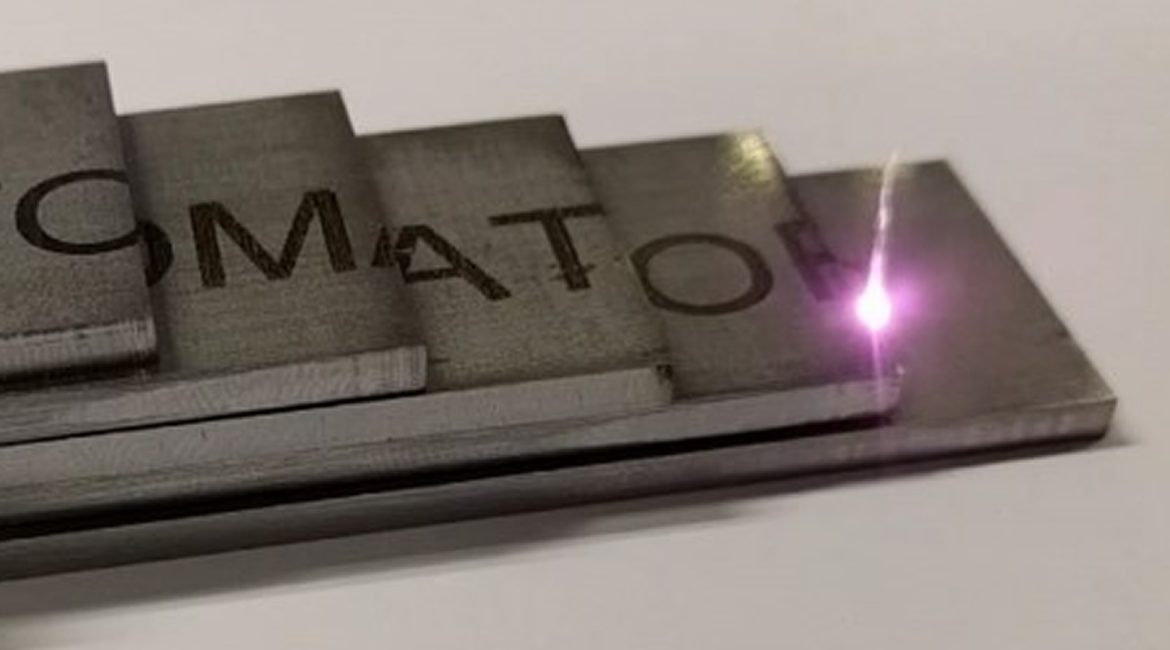The core principle of a laser marking machine involves directing a focused laser beam onto various material surfaces. This light energy induces physical or chemical changes on the surface layer, resulting in the creation of permanent markings like patterns, trademarks, or text. Common types include CO2 laser marking machines, fiber laser marking machines, and UV laser marking machines.
So, what are the main components that make up a laser marking machine? You’ll find key parts like the laser source (the heart of the system), galvanometers (or galvo scanners) that control the laser beam’s deflection and scanning, a field lens (f-theta lens) to focus the beam onto the working plane, a marking card (controller) to orchestrate the entire marking process, an industrial PC for inputting and managing marking parameters, a protective cabinet, and a ruler with a lifting axis for precise positioning. Understanding these components is crucial when considering the Parameters of laser marking machine.
When selecting a laser marking machine, your primary consideration should be the material you’ll be working with. Different materials necessitate different Parameters of laser marking machine and laser types. For instance, for metal engraving, a fiber laser marking machine is generally the go-to choice. Non-metallic materials often benefit from a CO2 laser marking machine. And for ultra-fine marking or drilling applications, a UV laser marking machine is highly recommended. This selection is heavily based on the required Parameters of laser marking machine.
What primary Parameters of laser marking machine should you be aware of? These include the laser type, laser wavelength, laser power, marking area (or range), and marking speed. The marking area is determined by the field lens, while the marking speed is influenced by factors such as material density, marking depth, and marking area size. These Parameters of laser marking machine are essential for optimal performance.
Here are some configuration recommendations for your laser marking machine:
- Laser Source: This is the core! The quality and stability of the laser source significantly impact the marking quality. Opt for a high-quality, stable laser. The Parameters of laser marking machine start with the laser.
- Laser Power: Once you’ve identified the material you’ll be processing, choose a machine with sufficient power to meet your processing requirements. However, avoid blindly opting for the highest power available. Carefully consider the Parameters of laser marking machine related to power.
- Field Lens: The field lens focuses the beam onto a plane. It determines the marking area. When selecting a laser marking machine, clearly define your product’s marking range and choose accordingly. Don’t unnecessarily go for the largest field lens. The Parameters of laser marking machine are heavily influenced by the field lens.
- Working Mode: Laser marking machines can be categorized into static and on-the-fly (or flying) types. If your product is marked on a conveyor belt, a flying laser marking machine is recommended. For static, secondary processing, a static laser marking machine is the better choice. These operational Parameters of laser marking machine impact workflow.
- Cooling Method: Generally, higher laser power equates to more heat generation. Select a cooling method (air-cooled or water-cooled) based on the amount of heat produced. The Parameters of laser marking machine related to heat management are crucial for longevity.

